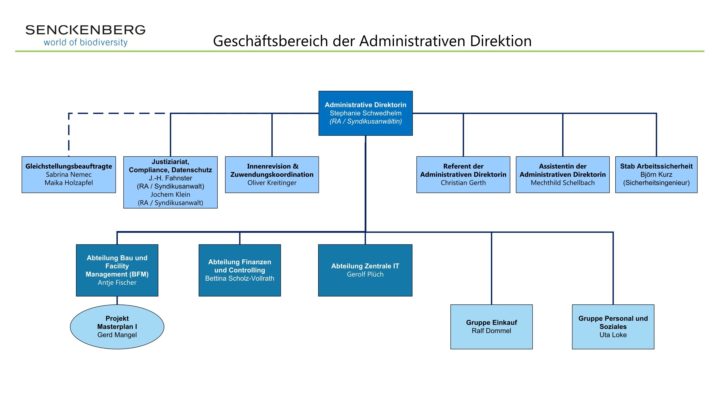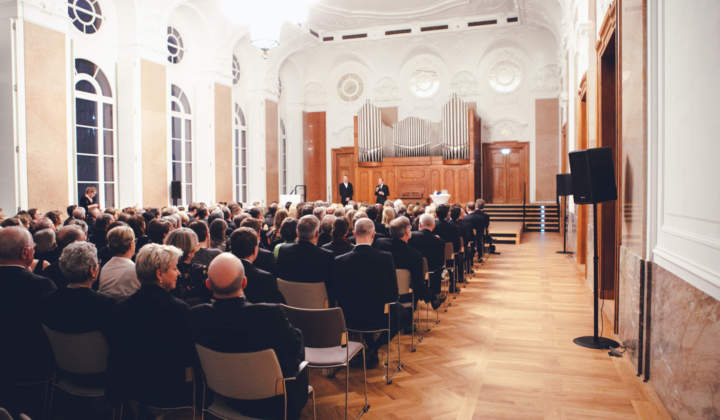Senckenberg – Leibniz Institution for Biodiversity and Earth System Research
Legal Statute
The Senckenberg – Leibniz Institution for Biodiversity and Earth System Research (SGN) was founded in 1817 by citizens of Frankfurt. It sees itself as a cosmopolitan and global civil society which is based in Frankfurt am Main. The Society is committed to researching nature and communicating research results to the general public, particularly through natural museums, and attracting citizens to this mission.
Their natural history collections play a central role as research infrastructure and as the basis for museum activities. Today, natural research is understood in the sense of earth system research. Senckenberg examines the role of biodiversity, including humans, in the development of the Earth system from the past through the present to the future, making an important and internationally visible contribution to the understanding, conservation, and sustainable use of nature for natural research. The “Dr. Senckenberg Foundation is “closely connected and sustainably supported by them. The company is a member of the Leibniz Association and has received public grants for eligible activities in research and mediation since 1954, which are summarized in the “Senckenberg Research Institutes and Natural Museums” (hereinafter also “SFN”) and as part of the non-publicly funded activities of the company are delimited. Representatives of the federal government and the host countries of publicly funded Senckenberg institutions are therefore involved in the development and design of Senckenberg. The countries of residence are currently Hessen (lead), Baden-Württemberg, Brandenburg, Hamburg, Lower Saxony, Saxony and Thuringia. With its federal structure, the company maintains and develops the tradition of the individual Senckenberg locations, which in Dresden dates back to the 16th century and in Görlitz until 1811, as well as the connection to their supporting associations.




